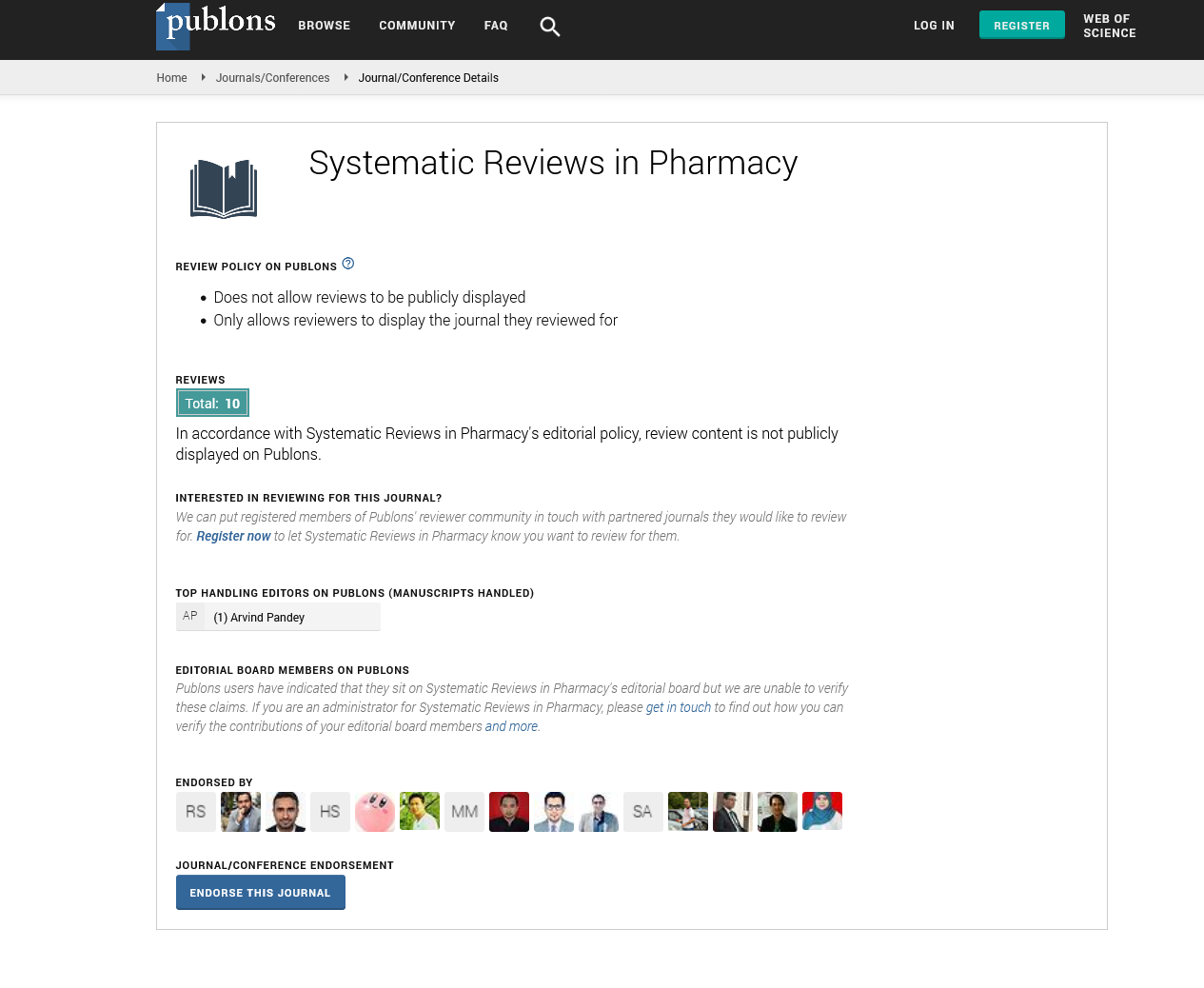A Review on Hepatoprotective Potential of Some Indigenous Medicinal Plants
Abstract
Rekha Khatri61096 and Anju Dhiman61097*
Every year, around 2 million individuals die as a result of liver disease, 1 million as a result of cirrhosis complications, and 1 million as a result of viral hepatitis and hepatocellular carcinoma. Hepatotoxicity can result in cytotoxicity, cholestasis, steatosis, fibrosis, cirrhosis, hepatitis, liver cancer, and other health problems. Drinking alcohol, using chemicals, using medicines, having an autoimmune disease, and becoming ill are the most common causes of hepatotoxicity. These chemicals have a direct effect on the mitochondrial respiratory chain, cytochromes p-450, gluthione S-acyltransferase, and the mitochondrial permeability transitional pore, among other things. The mechanism of drug-induced hepatotoxicity could be an innate or idiosyncratic hepatotoxin reaction. There are several modern medications that can be used to treat liver disorders. Current pharmacological treatments for liver illnesses are increasingly ineffective, have long-term harmful consequences, and are prohibitively expensive in developing nations. As a result, research into inexpensive, easily accessible medicinal plants that do not need to be processed under strict pharmaceutical standards appears to have sparked a lot of interest as alternative remedies for the sickness. This review covered the many types of liver illness, drug-induced hepatotoxicity processes, and in vivo and in vitro hepatotoxicity models. This study delves into the phytoconstituents and pharmacological effects of plants found to have hepatoprotective qualities. The purpose of this study is to evaluate the potential for hepatoprotection of numerous indigenous medicinal herbs.






